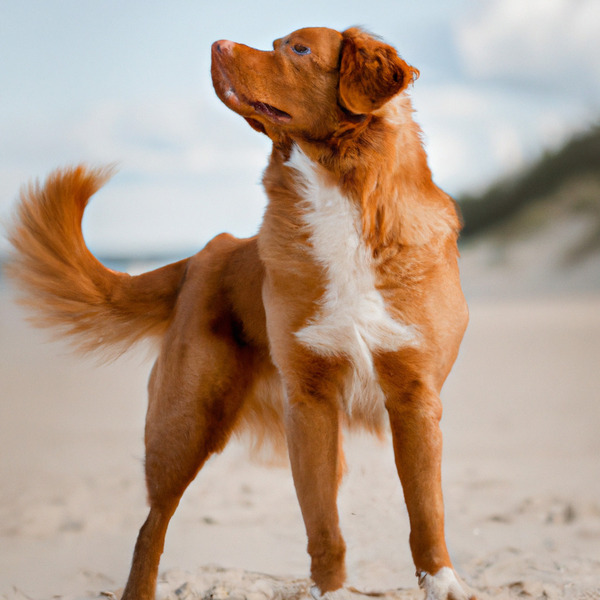Nova Scotia Duck Tolling Retriever vs. Siberian Boston: Breed Differences and Similarities
Hypoallergenic
Are Nova Scotia Duck Tolling Retrievers or Siberian Bostons hypoallergenic, or neither?
Unfortunately, neither Nova Scotia Duck Tolling Retriever nor Siberian Boston are hypoallergenic, which may not make them the best choice for dog lovers who suffer from pet allergies.
Temperament
What are the personalities of Nova Scotia Duck Tolling Retriever and Siberian Boston dogs?
Affectionate
Courageous
Gentle
Responsive
Alert
Energetic
Playful
Playful
Alert
Intelligent
Friendly
Outgoing
Affectionate
Lively
Gentle
Aggressive
Shedding Level
Do Nova Scotia Duck Tolling Retrievers shed more than Siberian Bostons, or which breed sheds more, Nova Scotia Duck Tolling Retrievers or Siberian Bostons?
Nova Scotia Duck Tolling Retrievers are moderate shedders, but regular brushing can reduce shedding and maintain coat health.
Siberian Bostons are heavy shedders, but regular brushing can help manage shedding and promote a healthy coat.
Ancestry
What are the origins of Nova Scotia Duck Tolling Retriever and Siberian Boston breeds?
Cocker Spaniels, farm Collies, Irish Setters
Siberian Husky and Boston Terrier
Date of Birth
When were Nova Scotia Duck Tolling Retriever and Siberian Boston breeds first developed?
19th Century
Unknown
Eye Color Possibilites
What are the eye colors of Nova Scotia Duck Tolling Retriever and Siberian Boston dogs?
Hazel
Brown
Amber
Blue
Brown
Nose Color Possibilites
What are the natural nose colors of Nova Scotia Duck Tolling Retriever and Siberian Boston?
Black
Brown
Black
Coat Color Possibilites
What are the natural colors of the coat for Nova Scotia Duck Tolling Retriever and Siberian Boston breeds?
Red
Black
Brindle
Coat Length
What is the typical coat length for Nova Scotia Duck Tolling Retriever and Siberian Boston breeds?
Nova Scotia Duck Tolling Retrievers have medium-length coats.
Siberian Bostons have short coats.
Coat Density
What is the density of the coat of Nova Scotia Duck Tolling Retriever and Siberian Boston?
Coat Texture
What is the hair texture of Nova Scotia Duck Tolling Retriever and Siberian Boston?
Straight
Litter Size
What is the usual litter size for Nova Scotia Duck Tolling Retriever and Siberian Boston?
A Nova Scotia Duck Tolling Retriever can have a litter of 12-14 puppies on average. However, it's worth noting that the size of the litters can vary greatly. Factors that can influence litter size include the health of the mother, breeding history, and genetics.
A Siberian Boston can have a litter of 4-8 puppies on average. However, it's worth noting that the size of the litters can vary greatly. Factors that can influence litter size include the health of the mother, breeding history, and genetics.
Adaptability
Nova Scotia Duck Tolling Retriever and Siberian Bostons are known for their adaptability and versatility. They are capable of adapting well to a wide range of lifestyle changes and living environments, making them great companions for families and individuals of all lifestyles.
Health Issues
Between Nova Scotia Duck Tolling Retriever and Siberian Boston, which breed is more prone to health problems?
Nova Scotia Duck Tolling Retrievers typically have low vet costs due to their good health, but it's important to monitor their health and seek vet care when necessary.
While the Siberian Boston breed is generally healthy, occasional vet check-ups are still necessary to address any health concerns.
Major Concerns
What are the major health concerns for Nova Scotia Duck Tolling Retriever and Siberian Boston breeds?
Hip Dysplasia
Progressive Retinal Atrophy (PRA)
Corneal Dystrophy
Progressive Retinal Atrophy (PRA)
Minor Concerns
What minor health issues should be kept in mind when owning Nova Scotia Duck Tolling Retriever and Siberian Boston?
Collie Eye Anomaly (CEA)
Cherry Eye
Brachycephalic Syndrome
Occasional Tests
What occasional tests are recommended for Nova Scotia Duck Tolling Retriever and Siberian Boston breeds?
OFA
CERF
Hearing Tests
X-Rays
Eye examination
Full Body Physical Examination
Social Needs
Nova Scotia Duck Tolling Retriever vs Siberian Boston social needs comparison
Nova Scotia Duck Tolling Retriever and Siberian Boston have above average social needs compared to other breeds. They thrive in environments where they have a lot of interaction with humans and other dogs.
Sleeping Need
Which of the two sleeps the most/least: Nova Scotia Duck Tolling Retriever or Siberian Boston?
Nova Scotia Duck Tolling Retrievers are active and require sufficient sleep to stay healthy.
Siberian Bostons sleep less than other breeds but still need adequate sleep for good health.
Mouthiness
Mouthiness Comparison: Nova Scotia Duck Tolling Retriever vs Siberian Boston?
Roaming urge
Nova Scotia Duck Tolling Retriever vs Labrador: Running away tendency?
Prey Drive
Nova Scotia Duck Tolling Retriever or Siberian Boston - which breed has a higher level of prey drive?
Past times
What are some enjoyable activities and ways to keep Nova Scotia Duck Tolling Retriever and Siberian Boston entertained?
Fetch, Bike ride, Dog Parks, Walk, Run
Fetch, Tug-of-war, Walks
Activity Level
Which breed has higher energy, Nova Scotia Duck Tolling Retrievers or Siberian Bostons?
Nova Scotia Duck Tolling Retrievers are high-energy dogs. They need mental as well as physical exercise. These dogs require a lot of your involvement and without it they can, and will, become problematic dogs.
Siberian Bostons are medium-energy dogs and typically enjoy socializing and playing casual or even sustained games of chase with other dogs. They may also have occasional periods of barking or racing around the house.
Tolerance of being left alone
Walks per Week
How many miles should Nova Scotia Duck Tolling Retriever or Siberian Boston walk each week?
There's really no limit to how far you walk your dog as long as they're comfortable. For Nova Scotia Duck Tolling Retriever, it's at least 10 miles / week. Just remember to build distance and stamina gradually over time.
There's really no limit to how far you walk your dog as long as they're comfortable. For Siberian Boston, it's at least 9 miles / week. Just remember to build distance and stamina gradually over time.
Activity per Day
Do Nova Scotia Duck Tolling Retrievers or Siberian Bostons require more exercise?
In general most Nova Scotia Duck Tolling Retrievers usually need at least 60 minutes of exercise daily. This can be spread across the day and include all sorts of high-energy activities, like walking, running and playing.
In general most Siberian Bostons usually need at least 45 minutes of exercise daily. This can be spread across the day and include all sorts of high-energy activities, like walking, running and playing.
Grooming
Which breed is easier to maintain in terms of grooming, Nova Scotia Duck Tolling Retrievers or Siberian Bostons?
Nova Scotia Duck Tolling Retriever and Siberian Boston are breeds of dogs that are known for their low grooming needs.
Brushing Frequency
What is the recommended brushing frequency for Nova Scotia Duck Tolling Retriever and Siberian Boston dogs?
Nova Scotia Duck Tolling Retriever and Siberian Boston should be brushed at least once a week. Of course, you can give them more frequent brushes if you find that they are still shedding a lot.
Brushing Tools
What brushing tools are used for Nova Scotia Duck Tolling Retrievers and Siberian Bostons?
Pin Brush
Dematter
Comb
Nail Clipper
Pin Brush
Nail Clipper
Cups
How much food should be given to Nova Scotia Duck Tolling Retriever or Siberian Boston in cups?
For an average 44-51 pound (20 - 23 kg) Nova Scotia Duck Tolling Retriever feed 2.3 cups daily. But, keep in mind, the amount you feed is going to be dependent on the quality of the food you are feeding.
For an average 20-40 pound (9 - 18 kg) Siberian Boston feed 2 cups daily. But, keep in mind, the amount you feed is going to be dependent on the quality of the food you are feeding.
Daily Cost
Which breed has a higher daily cost, Nova Scotia Duck Tolling Retriever or Siberian Boston?
Nova Scotia Duck Tolling Retriever and Siberian Boston have a similar average daily cost of around $1.70 - $2.00.
Monthly Cost
Which breed has a higher monthly cost, Nova Scotia Duck Tolling Retriever or Siberian Boston?
The average per month expenses of a Nova Scotia Duck Tolling Retriever is between $48 - $63. This makes an average of $576 - $756 per year. It will be on the higher side when the dog is still small because it will need more frequent visits to the vet, shots.
The average per month expenses of a Siberian Boston is between $49 - $56. This makes an average of $588 - $672 per year. It will be on the higher side when the dog is still small because it will need more frequent visits to the vet, shots.
Sensitivity Level
How do Nova Scotia Duck Tolling Retriever and Siberian Boston compare in sensitivity?
Nova Scotia Duck Tolling Retrievers have average emotions and adapt well to different situations.
This breed is sensitive to its environment and best suited for patient and understanding families with a consistent routine.
Apartment Friendly
Which breed is more apartment-friendly: Nova Scotia Duck Tolling Retriever or Siberian Boston?
Nova Scotia Duck Tolling Retrievers are good apartment dogs as long as they get enough exercise and stimulation outside of the apartment.
The Siberian Boston is a great apartment dog, thriving with sufficient exercise and time outside as part of their daily routine.
Child Friendly
Do Nova Scotia Duck Tolling Retrievers or Siberian Bostons have a friendlier temperament towards children?
The typical characteristics of Nova Scotia Duck Tolling Retriever and Siberian Boston indicate that this breed of dog is an ideal companion for kids and makes them family pets. Their gentle and protective nature and calm mentality make them gel along quickly with the younger humans.
Senior-friendly
Which dog is more suitable as a pet for the elderly - Nova Scotia Duck Tolling Retriever or Siberian Boston?
Cat Friendly
Do Nova Scotia Duck Tolling Retriever or Siberian Boston breeds have a better compatibility with cats?
Nova Scotia Duck Tolling Retrievers and Siberian Bostons are an average cat friendly dog. They do well with cats, even more if raised together from puppyhood.
Dog Friendly
Which breed is more sociable with other dogs: Nova Scotia Duck Tolling Retriever or Siberian Boston?
Nova Scotia Duck Tolling Retrievers and Siberian Bostons are very friendly towards other dogs. This breed typically have a happy and affectionate temperament around dogs.
Pet friendly
How do Nova Scotia Duck Tolling Retriever or Siberian Boston dogs interact with other pets?
Stranger Friendly
Which breed is more friendly with strangers: Nova Scotia Duck Tolling Retriever or Siberian Boston?
Nova Scotia Duck Tolling Retrievers are quick to announce strangers and can be standoffish or suspicious.
Siberian Bostons are friendly but may bark at strangers, and training is easy due to their intelligence.
Playfulness
Which breed is more playful between Nova Scotia Duck Tolling Retriever and Siberian Boston?
Nova Scotia Duck Tolling Retrievers are very playful, so adopting an older one might be a better option for a more relaxed experience.
Siberian Bostons are a playful breed that needs daily playtime to be happy.
Trainability
How do the trainability levels of Nova Scotia Duck Tolling Retrievers and Siberian Bostons compare?
Nova Scotia Duck Tolling Retrievers are popular for their ease of training and quick learning ability.
Siberian Bostons may require more time and patience to learn commands, but with consistency, they can be trained.
Compare Nova Scotia Duck Tolling Retriever with other breeds
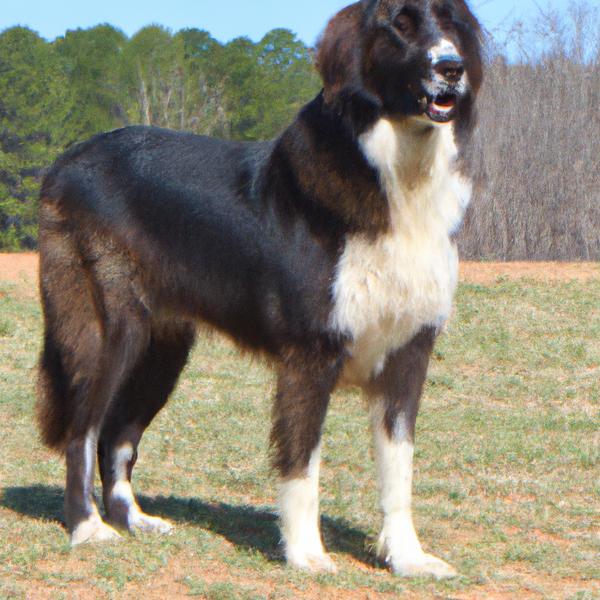
Mastapeake
Nova Scotia Duck Tolling Retriever vs Mastapeake
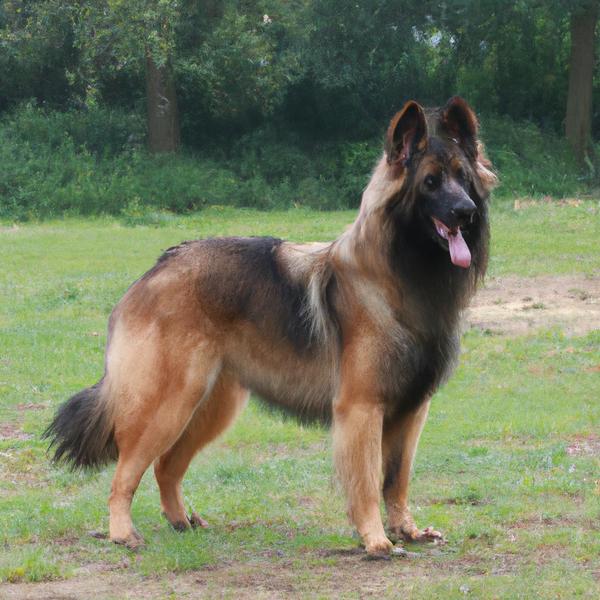
Belgian Tervuren
Nova Scotia Duck Tolling Retriever vs Belgian Tervuren

Hanover Hound
Nova Scotia Duck Tolling Retriever vs Hanover Hound
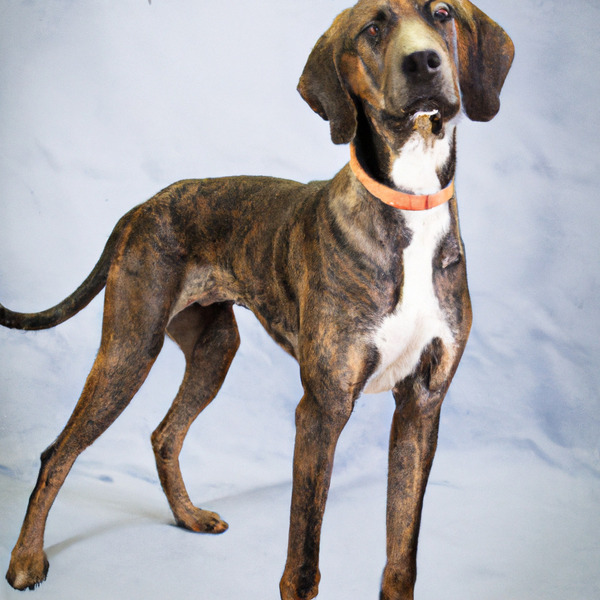
Plott Hound
Nova Scotia Duck Tolling Retriever vs Plott Hound
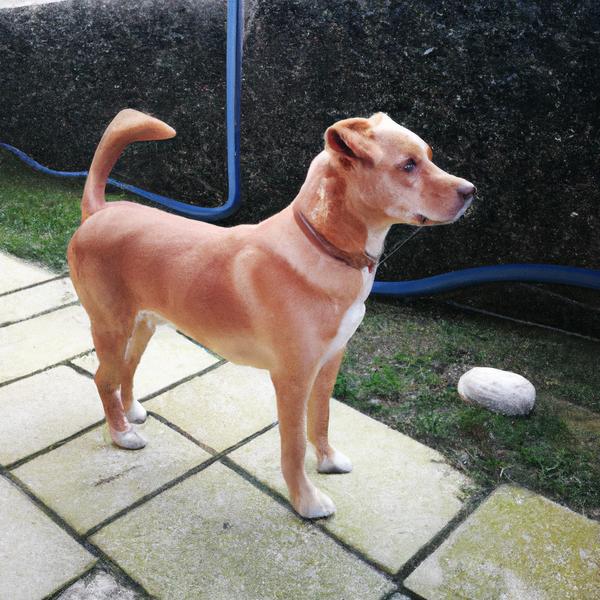
Cursset
Nova Scotia Duck Tolling Retriever vs Cursset

Italian Greyhound
Nova Scotia Duck Tolling Retriever vs Italian Greyhound
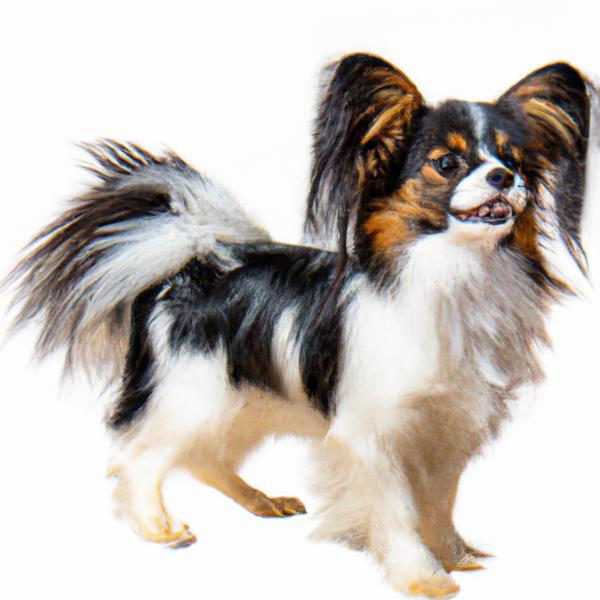
Miniature Ausseippet
Nova Scotia Duck Tolling Retriever vs Miniature Ausseippet

Yorkshire Terrier
Nova Scotia Duck Tolling Retriever vs Yorkshire Terrier

Jack Russell Terrier
Nova Scotia Duck Tolling Retriever vs Jack Russell Terrier

Schnorgi
Nova Scotia Duck Tolling Retriever vs Schnorgi

Engatzu Spaniel
Nova Scotia Duck Tolling Retriever vs Engatzu Spaniel
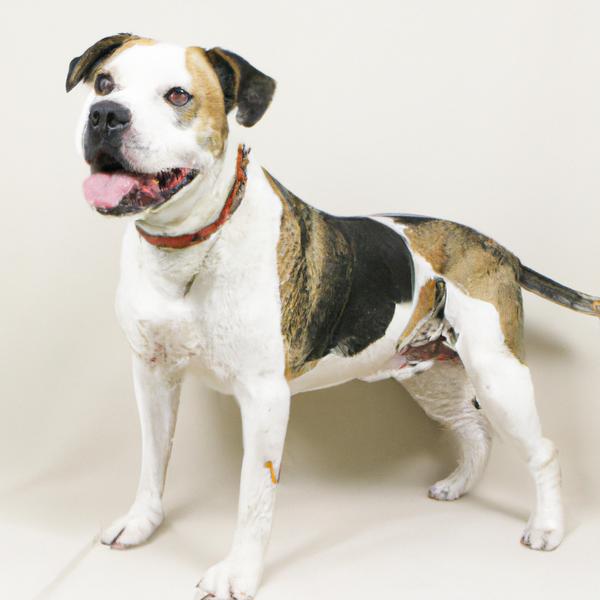
Cane Corxer
Nova Scotia Duck Tolling Retriever vs Cane Corxer
